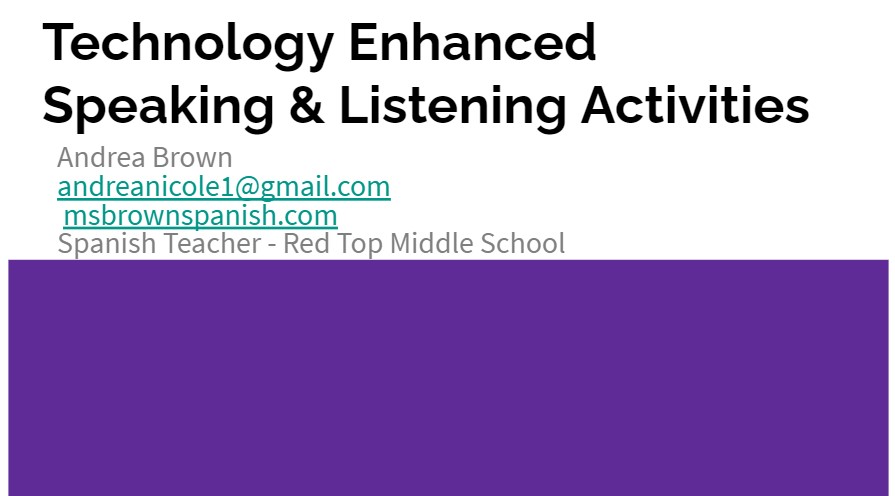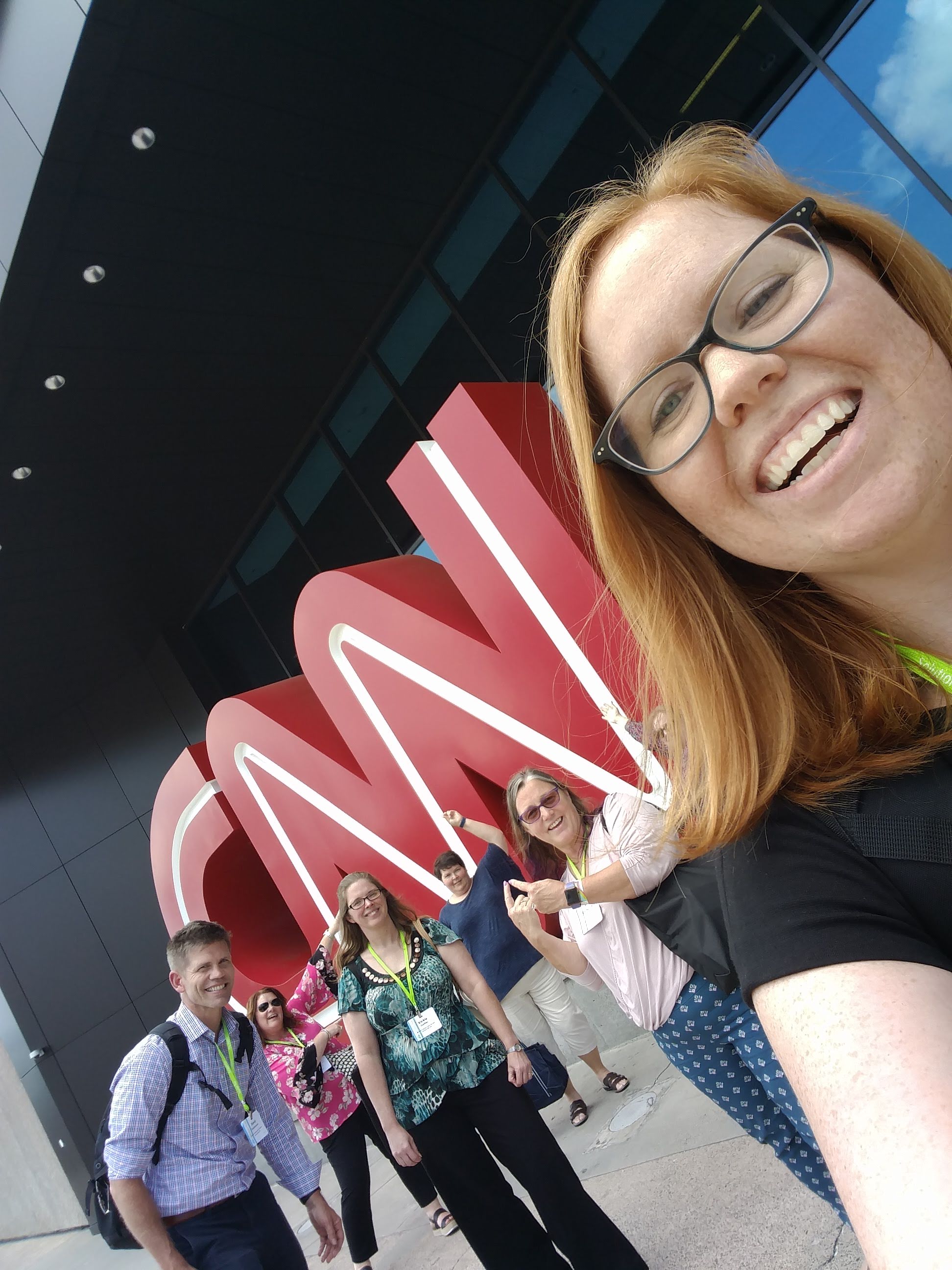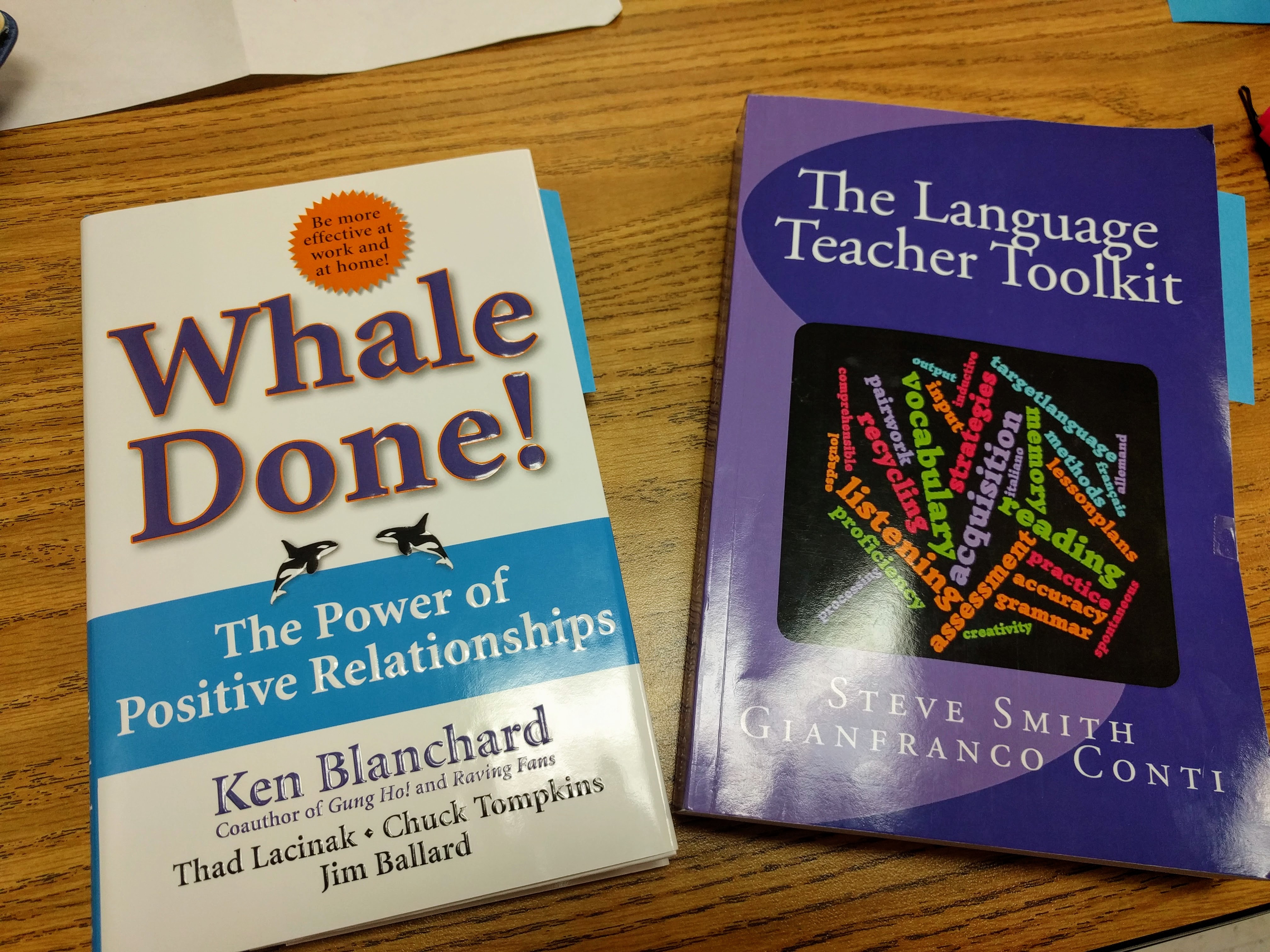FLAG 2023 was a delight! I learned so much from some amazing teachers from around the state. Here are a few of my takeaways:
For teaching calendar vocab
- Consider circling or doing calendar talk with a full year calendar
- Go beyond What day is today, what day is tomorrow, what is the date – what about, is today Monday or Tuesday? Are we in the month of August or September? Is it spring or fall? Yes or no, is today Thursday?
- Make a birthday chart for additional circling/input of months, When is your birthday?, and building classroom community
On Gradual Release teaching
- I do, we do together, you do together, you do alone – I haven’t been taught this strategy with these words, but it makes a lot of sense to me – give input, practice with supports/scaffolding, then work up to performing without the scaffolding
- If we asses them without scaffolding/supports, then they need to practice without scaffolding
“The Road to AP starts in Level 1”
What can I as a middle school/Spanish 1 teacher do to start preparing students for success on the AP exam?
- Practice cultural comparisons. Give students language and practice to describe their own culture.
- Talk about proficiency levels, and strategies for jumping a level (ie, using transition words)
- Give students practice reading charts and graphics. If you teach multiple levels, use the same texts with multiple levels and modify your task to the appropriate level (can also be used to differentiate for advanced/struggling students)
- Provide listening practice with different voices and accents, as well as listening to passages with background noise
- Have students practice asking questions, and thinking of questions to continue a dialogue, as they have to ask a question in the simulated conversation task
- Loved this quote: “I can’t turn you into a native speaker, but I can help you speak in a way that native speakers will understand.”
Interactive notebooks – I’ve mostly chilled out with my notebooks – I don’t have students keep a table of contents or number pages, and I let them write vocab and add handouts how they choose. Here were a couple of tips I may still use with my more laidback notebook expectations:
- Make a laminated table of contents poster on the wall and give a student the job of updating the poster. I think I can still do this without requiring students to maintain a TOC in their notebooks – more of a list of what goes in your notebook than a true TOC
- Put desk numbers on the front of notebooks. The first student(s) to arrive to class pass out notebooks to avoid a traffic jam at the notebook shelf.
For more of my conference thoughts, check out my twitter.





